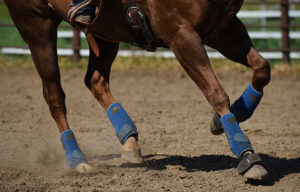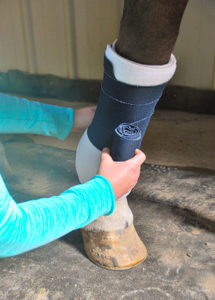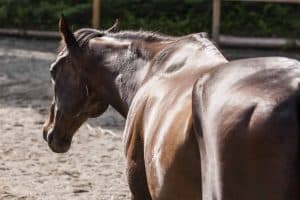Does Equine Metabolic Syndrome Affect Gut Microbes?
The horse’s digestive tract houses a unique and diverse microbial population, each species in careful balance with the others to serve specific purposes. The job of the bacteria known as Fibrobacter, for example, is to break down cellulose in the large intestine.
Diet, age, and disease status, however, can all negatively affect the microbiota (the microbial population residing in the digestive tract). In humans, researchers know that metabolic syndrome can be associated with changes in the intestinal microbiota. So what happens in the gut when horses have equine metabolic syndrome (EMS)?
Sarah Elzinga, a graduate student working under Amanda Adams, PhD, at the University of Kentucky’s Gluck Equine Research Center, in Lexington, set out to answer this question.
Her team studied 20 horses of varying breeds and genders consuming free-choice mixed-grass hay for at least two months prior to sampling. They classified the horses—based on the presence or absence of insulin dysregulation, regional or general adiposity (body fat), and previous history of or predisposition for the hoof disease laminitis—as EMS or control (not affected) horses
Create a free account with TheHorse.com to view this content.
TheHorse.com is home to thousands of free articles about horse health care. In order to access some of our exclusive free content, you must be signed into TheHorse.com.
Start your free account today!
Already have an account?
and continue reading.
Written by:
Kristen M. Janicki, MS, PAS
Related Articles
Stay on top of the most recent Horse Health news with















